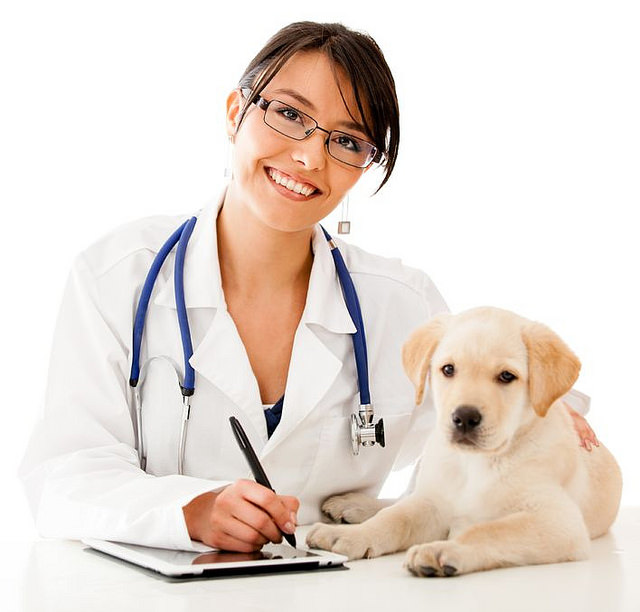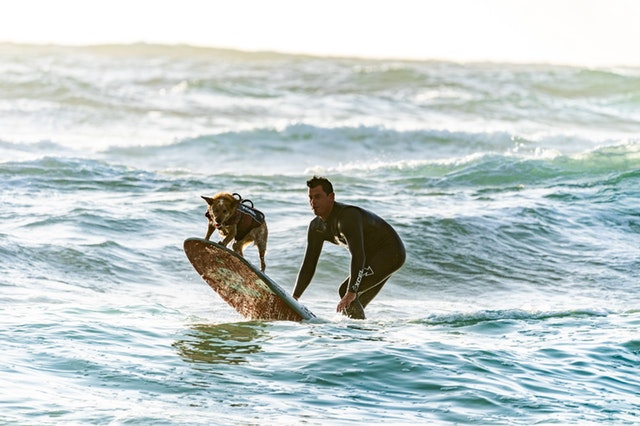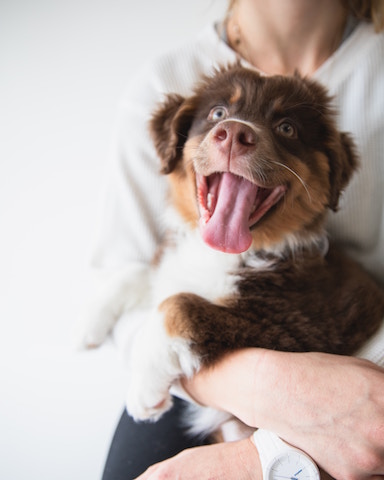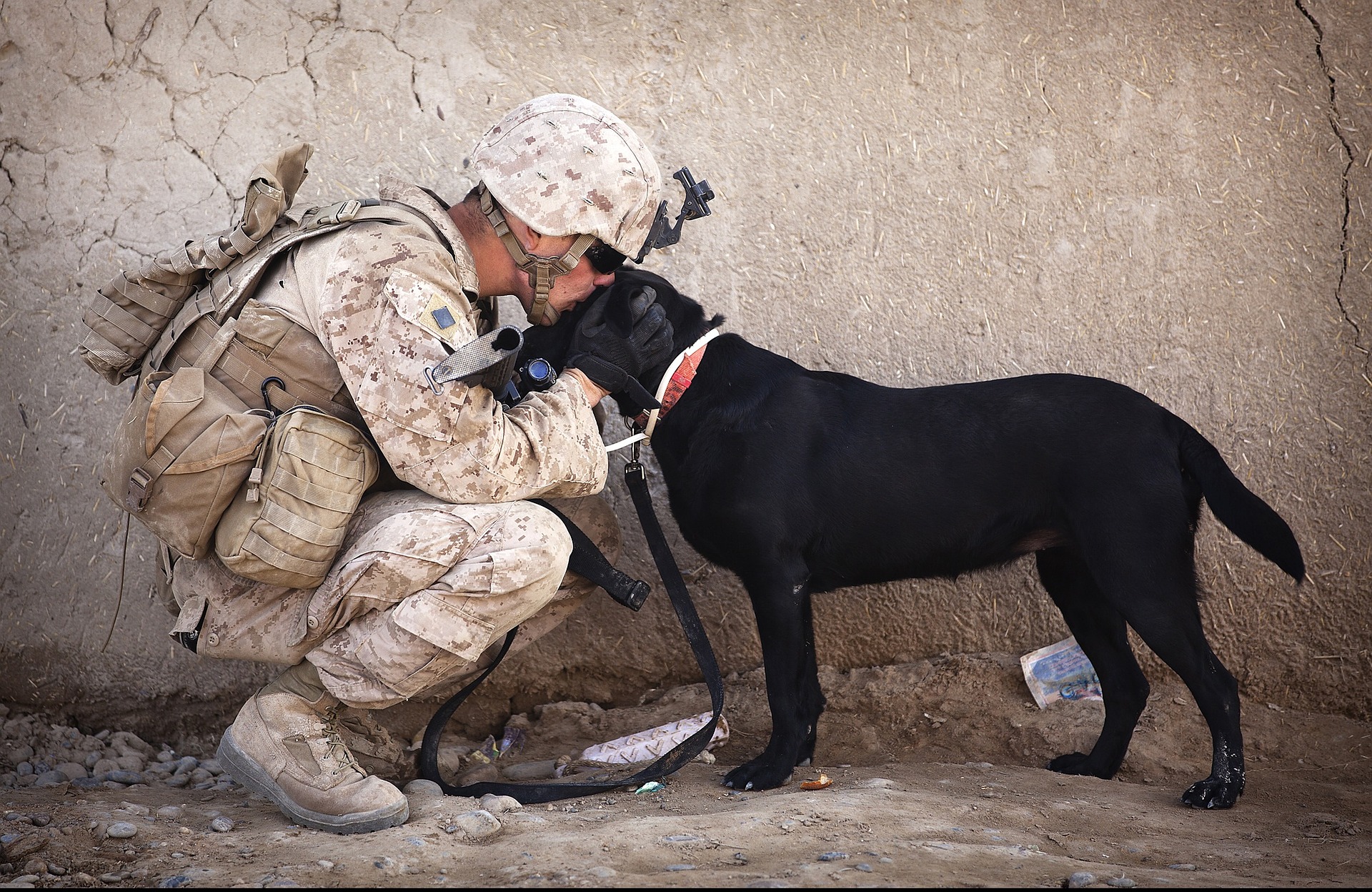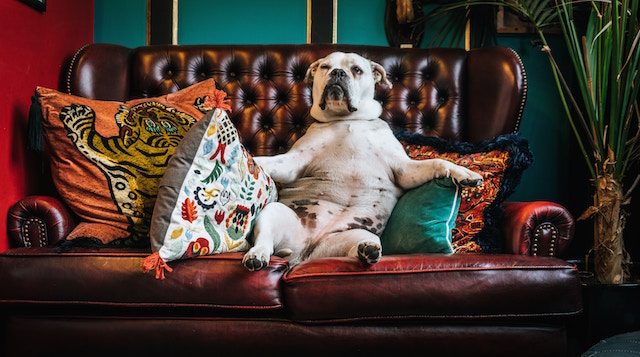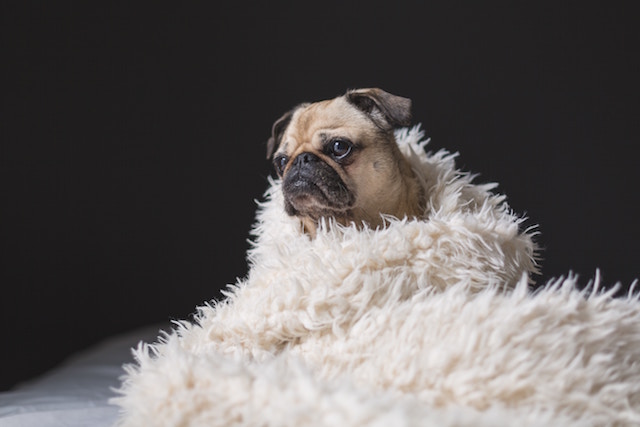Dogs are curious by nature and they like to explore. Even though homes are sanctuaries, it’s important to safety-proof your house or apartment from hazards that are harmful or deadly to your dog or any other pet.
As a pet owner, it’s essential to recognize the effects of various hazards so that you can protect your pooch from any harm. Recently, Dr. Ahna Brutlag, a board-certified veterinary toxicologist, offered a series of tips to help safe-proof your home. Using expert advice to make a safety checklist to ensure your dog’s safety can help put your mind at ease…especially when you’re away from home at school or work.
Here are some ways to keep your pets safe from household hazards in your home:
1. Avoid toxic substances
It’s obvious that dogs and humans are different biologically. Talk to you vet and make sure you have access to a list of substances from the Pet Poison Helpline and articles on seasonal foods that are toxic so you can keep them away from your pup! Dr. Brutlag advises that three fatal substances your dog could consume include: sago palm plants, grapes and raisins, and xylitol. The latter can be found in surprising products like peanut butter, melatonin tablets, shaving cream, and deodorant. Below is a list of foods or products to keep away from your pet:
- Chocolate
- Rodent Poisons (and other pest control products)
- Vitamins and Minerals (Vitamin D3 and Iron)
- NSAIDs (Naproxen, Ibuprofen)
- Cold and Allergy Medications
- Antidepressants
- Xylitol
- Acetaminophen
- Caffeine pills
- Cardia medications (ex. Beta-Blockers, Calcium Channel Blockers)
2. Check every room
Before your pet enters the room, every room needs to be checked for hazardous products. The Pet Poison Helpline also offers a helpful infographic that shows general hazards in each room. Complete a thorough check of each room for items on the list. Replace poisonous items with green dog products.
3. Educate your family
Make sure other family members know which products are harmful to animals. Offer information or provide a demonstration of which household products should be thrown away or kept away from your dog’s reach. The more your family and others know about how to keep your dog safer in the home can help everyone feel more at ease. You could even offer regular reminders that help minimize the risk of accidents. Write a list and post it on the fridge or place a bright-colored post it on hazards products and label it “Keep away from Dogs”.
4. Recognize Dog Poisoning Symptoms
The first step to identifying a sick dog is to research and understand poisoning symptoms. A lack of appetite, vomiting, diarrhea, and lethargy are common symptoms of poisoning in dogs and other animals. The sooner you understand these symptoms, the sooner you can get a prognosis and cure for your pet. In case of emergencies, save contact info for the vet in your phone. There are even service plans which provide unlimited access to pet care. The LINK AKC Collar service plan offers access to the Pet Poison Hotline in case there is a crisis!
5. Time is crucial…plan for emergencies!
If there is a pet poisoning emergency, time is crucial. Make sure you have a health kit or easy access to a vet if needed. Keep an eye of your dog and be aware of how they’re feeling throughout the day. Understanding your pet’s needs not only helps you avoid future problems, but it also can help notify you to any worrisome symptoms if you suspect your pet has an illness!
Each room poses a potential different hazard; toilet cleaners in the bathroom and onions in the kitchen. It’s important to prepare and make sure your house is safety proof before a new pup enters the home. Knowing that your pets will be safe can help make the day more relaxing.

